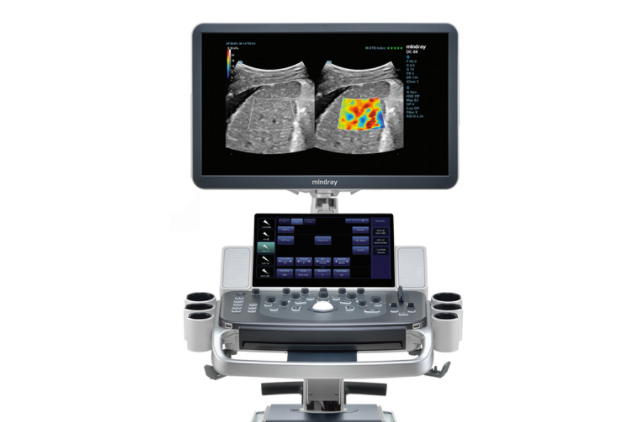Ultrasound
Ultrasound vs Sonogram: What’s the Difference?
Each diagnostic procedure is noninvasive when capturing images and is necessary for medical professionals. When it comes to an ultrasound versus a sonogram, you may ask what’s the difference. Medical specialists know how to differentiate the two terms while producing images.
Patients may confuse an ultrasound with a sonogram when researching necessary procedures and exams. The terms may seem interchangeable, but they aren’t. As an ultrasound tech retailer, we have the answers about ultrasounds and sonograms.
What Is An Ultrasound Machine?
An ultrasound is a noninvasive process by which sound waves generate an image of organs within the human body. Ultrasound examinations may be routine for patients as they get older or used to examine soft tissue injuries. A needle biopsy can gather tissue samples for analysis, while other procedures involve pain management.
High-frequency sound waves can bounce off soft tissues and use them to render the area of examination. When sound waves bounce, they can generate images using transducers as a conduit. The transducer probe helps pinpoint the location to examine the soft tissue. Other procedures may use radiation for the same result. Usually, an ultrasound takes a few minutes at most. Once the sonographer has the imaging, they forward it to a radiologist to analyze the sonograms. They can identify organ anomalies, and the radiologist’s results will help the primary doctor determine an appropriate course of treatment for the patient.

Interventional Radiology
Some radiologists practice intervention procedures, meaning they tend to the patient after an ultrasound examination. Interventional radiologists administer treatment for patients with serious conditions. Because it’s less invasive than surgery, some doctors may advocate for this procedure to minimize hospitalization time. Ultrasound procedures can include embolization, needle biopsies, and foreign body removal.
Types Of Ultrasounds
In diagnostic imaging, no ultrasound procedure is universal. Different types examine organs in the body by sending high-frequency sound waves through soft tissue. As a result, ultrasound equipment varies depending on the processes required. What are some common types of ultrasounds for medical imaging?
Bone density – Men and women are likely to develop osteoporosis as they age and gradually lose bone mass. While this process is natural, extreme bone loss can sometimes lead to further health complications. A bone density ultrasound can monitor the rate of bone loss or strength.
Doppler Ultrasound – Patients may need their blood vessels and flow monitored regularly. A Doppler ultrasound bounces high-frequency waves off moving blood cells and generates images based on those results. It is different from general ultrasounds, which cannot monitor blood flow owing to the amount of movement.
Therapeutic – In some cases, ultrasounds can be used in physical therapy to help a recovering patient. Ultrasounds can improve the body’s range of motion after a severe accident or surgery. They apply large amounts of heat to an area with soft tissues; these regions can include muscles or ligaments that are stiff or frozen.

What Is A Sonogram Machine?
A sonogram is an image produced from an ultrasound exam or imaging test. Patients can take the scan home on black and white film or a digital drive to investigate their records further.
Sometimes expecting parents want a picture of their baby after receiving routine checkups and a due date. In other cases, a party interested in surgery may wish to keep sonograms for reference when finding the ideal treatment or procedure. Ultrasound technicians, regardless, will provide these images for practical or sentimental reasons.
Refine Your Ultrasound Technician Equipment With National Ultrasound
National Ultrasound knows how important it is to educate patients about medical procedures. Ultrasound imaging works best with people knowing the most about what types of scans they require. Many doctors also want to know the best machine we have for you at new or refurbished prices. Older devices with repaired parts can still diagnose conditions and care for patients.
Are you ready to learn more about ultrasound technology? Please reach out to us today. National Ultrasound will answer your questions about the types of ultrasounds that are best for your patients. Produce real-time images to treat medical conditions quickly and increase quality care.
